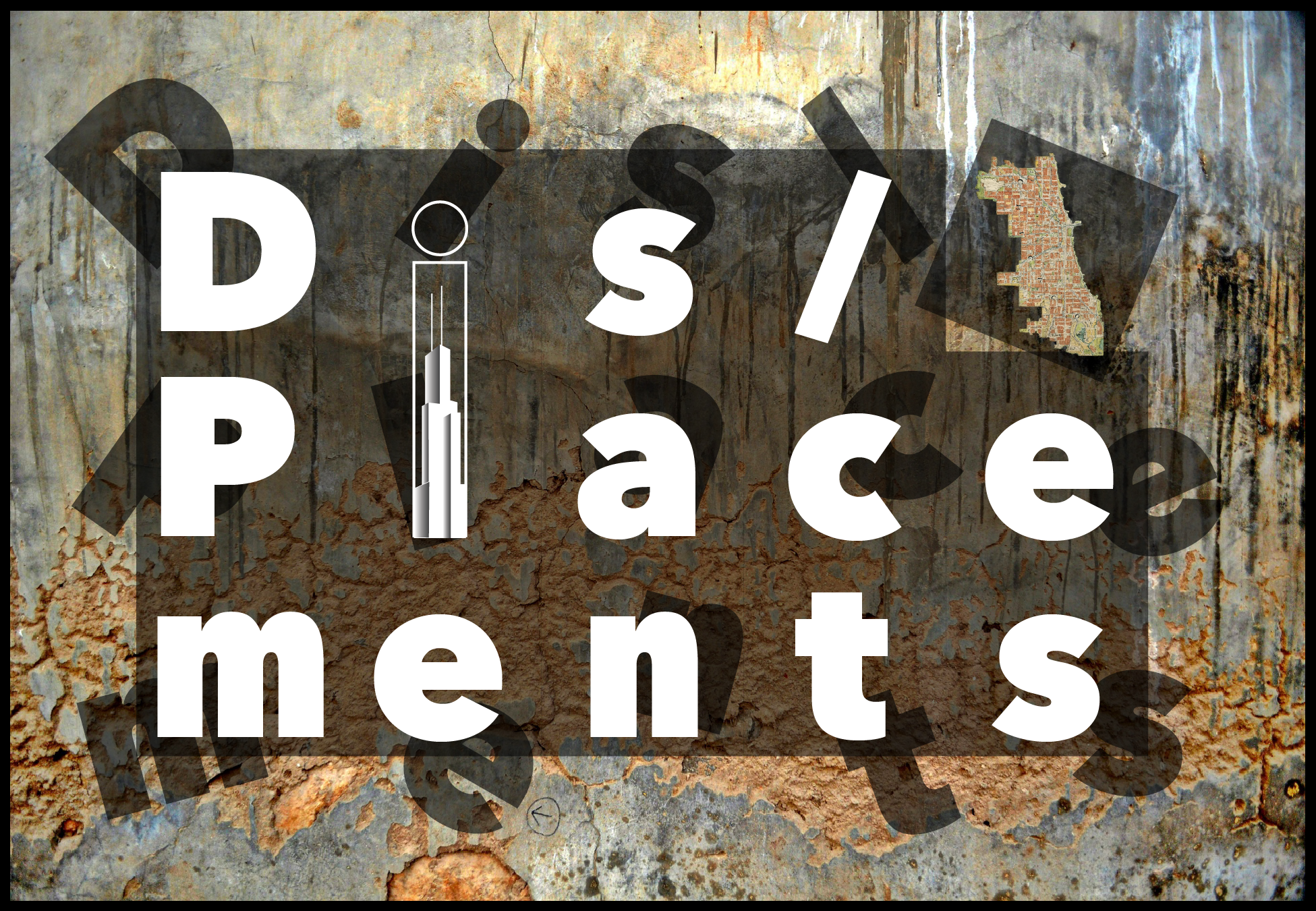The "Golden Age" and its Underbelly
The “golden Age” and its underbelly
Site #2 Description…
This site centers the Wilson CTA station (corner of Wilson Ave and Broadway) and the ostensible “Arts District” that was established around it, as well as its underbelly, the Winthrop Avenue block where Black Uptowners were segregated through race restrictive covenants (see google map above for the Winthrop Family Historical Garden at 4628 N Winthrop Ave).
Segregation of African Americans on the south side of Chicago, through such tactics as racial restrictive covenants, is well-known and has been widely documented. Less well known is the fact that these same tactics were used on the northside of the city as well, on one of the first blocks that was settled by Blacks—the 4600 block of Winthrop Avenue. This is the story of how and when that occurred, and importantly, the ways in which the Winthrop Avenue Family, as they referred to themselves, responded.
At the turn of the 20th century,
Uptown was a rapidly urbanizing district that provided entertainment, shopping, and luxury “residential hotels” for a booming Chicago elite. The extension of the Northwestern Elevated train line from downtown to Wilson Avenue inaugurated this ostensible “Golden Age” of Uptown. In 1922, a grand new Uptown Station was built at Wilson Avenue, modeled after the recently built Grand Central Station in New York City.
The “heart of Uptown”—the area bounded by Montrose, Clark, Lawrence, and Broadway—comprised landmarks like Loren Miller’s department store (1915), Riviera Theater (1919), Uptown Theater (1925), the Aragon Ballroom (1926) and Essanay Studios (1907), an early motion picture studio which made Uptown a center for the early years of the American film industry.
segregation in uptown
While Uptown's "Golden Age" is used even today to attract gentrifiers through preservation projects, this landscape tells a very different story for working-class people of color. All of these businesses and wealthy homes required a laboring class to service them. With the extension of the rail lines, a number of service-related workers migrated to Uptown to take on these jobs. Numerous one-room rentals and tenement buildings sprung up in Uptown to cater to them. Uptown’s working class included recent immigrants from Europe as well as African Americans fleeing the Jim Crow south and heading to cities like Chicago as part of the Great Migration.
There is evidence of at least two households of “black” or “mulatto” individuals in the vicinity of Wilson Avenue in the 1910 U.S. Census, one with upwards of thirteen members living in a one-room basement (the Jenkins family shown here in the records, all racially marked by a "B"). By 1920, there were dozens more such families, with at least eighteen families and additional “lodgers” living on Winthrop Avenue alone.Source: Ancestry.com
While the corporate elite of Uptown relied on this influx of cheap labor, they also fought hard to maintain the image of Uptown as a white, wealthy business and shopping district. They established multiple organizations toward this end, establishing new laws to restrict the “colored invasion,” as they termed it. In 1928, the Chicago Uptown Association (CUA) conducted a successful campaign for the “restriction of the Negro population in Uptown,” not because they were “opposed to colored people” but because they might be “happier in a section by themselves.” As a result, the only block in Uptown where African Americans could safely live or open establishments to serve their community was the block of 4600 Winthrop Avenue.
The CUA spent at least $8000 to circulate a petition getting property owners to agree that “no part of their property could be sold, given, conveyed, or leased to any negro for a period of 20 years,” collecting signatures from 1500 property owners toward this end.
the winthrop family
Partly as a result of this racism and outright segregation, the families who lived on Winthrop Avenue developed a tight-knit bond, calling themselves the “Winthrop Avenue family.” Almost none of the descendants of the “family” live on Winthrop anymore, but they continue to share warm and fond memories of their lives on Winthrop
We hear stories not of segregation and racism, but of the “elders” Mama Sophie, Aunt Ladybird, Aunt Ruthie, Aunt Earline, who always made everyone feel safe and loved; of the annual block parties where everyone danced the night away on the street; of large, welcoming family dinners on the weekends and the holidays where everyone was invited; of the local pool hall owned by “Big Daddy” that boys from the block sneaked into every weekend; of restaurants on the block like Collier's Chicken, where you got the “best fried chicken in the city,” and the Divine Slum Clearance restaurant.
Mama Sophia (middle) in 1949 with her daughters Olivia "Lee" McKeever (left) and Mary Frances "Sookie" Johnson (right) (courtesy Leondra Price)
The Hall family dinner on the Winthrop block (courtesy Cheryl Clark).
The stories of the Winthrop family reveal a different narrative of Black life on the northside of Chicago—as subjects of the sordid saga of segregation in Uptown, but not only as the subjects of such racism. Their memories live on in the lives and words of the Winthrop family descendants. They were also given a fitting memorial in the form of a community garden on the 4600 block of Winthrop Avenue that was inaugurated in 2009 by then alderwoman Helen Shiller, with the help of current members of the Winthrop Family.
These stories and the afterlives of segregation, largely benefiting business interests, raise an important question: when Uptown's "Golden Age" is celebrated today, what hidden histories of oppression do we end up valorizing? Will restoring Uptown's glory today also mean pushing poor people of color to the margins?
Copyright ©2018 Dis/Placements Project









